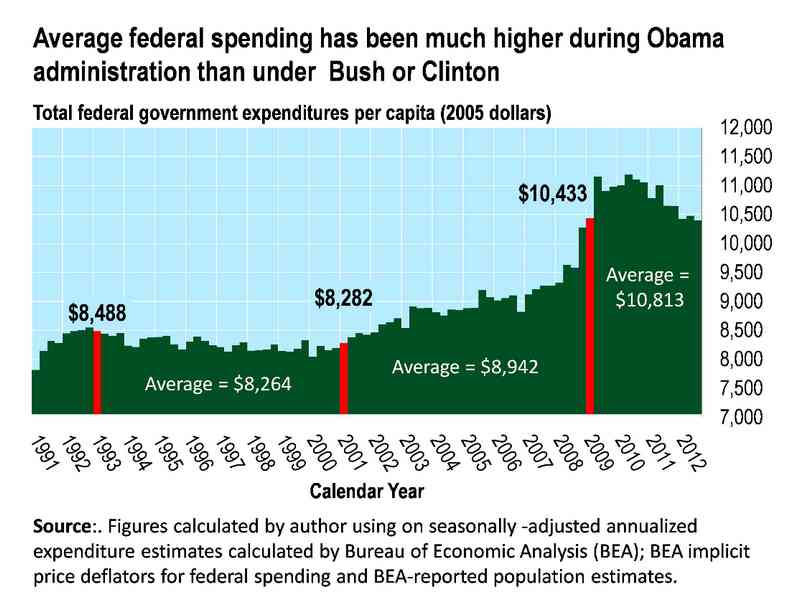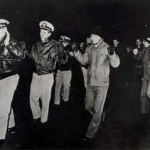State of Jefferson: California representation and the argument for statehood
Kayla Nicole Brown, Guest Editorial
In 1879, fewer than 1 million people inhabited the State of California. But that is the same year in which our cap of 120 representatives in the house and senate were set.
Today, California has close to 38 million people.
This change from the rural way of life to city centers has created a lack of equal representation and led to the obliteration of livelihoods.
The city of Los Angeles alone boasts more than 3,500,000 people, greater than the entire population of the proposed State of Jefferson which is approximately 1,850,000 residents.
To simplify these numbers, in 1879 the ratio was one representative for every 7,206 people. In 2013, the ratio is one representative for every 317,012 people.
This leap in population is a testament to the fact that California stood as the beacon of prosperity, but today unemployment as well as underemployment, unsustainable debt and skyrocketing taxes are forcing Californians to flee the state en masse.
John Avlon of the Daily Beast raised fundamental questions regarding deficit verse debt as well as California’s tax policies in January of this year. But what price is a balanced budget if the wealthy and businesses leave and the tax base erodes?
For many Californians in the north state, the fight or flight instinct has led to the renewal of the State of Jefferson movement as a means of survival. But the argument for splitting the state in half or even in thirds is not a new one in California history.
The Compromise of 1850 kept the state whole.
In 1854, the State Assembly proposed the State of Shasta, which held nearly the same parameters that the proposed State of Jefferson is today.
In 1941, the most influential of the movements took hold and it was with this movement that the Jefferson State moniker was implemented. Despite the 159 years that have passed since the State of Shasta, the idea of multiple states is still strong.
For the people of Northern California, the argument is not whether the State of Jefferson could succeed. The argument is how long will the State of California drag us down with them and us not being able to do anything about it?
How many more taxes or fees will California impose on us in order to pay off a debt that as of 2:45 pm on Nov. 6, 2013, was at a staggering $418,860,675,107?
Northern California is roughly the size of Kentucky with a population nearly identical to West Virginia or Idaho, but the latter two states have the same say on the national stage as NorCal does in California.
To the people of Northern California, the State of Jefferson is a way to level the playing field. They want to be heard. They want their plight to be eased and their livelihoods to be spared.
Many of those living in the north state are third, fourth and fifth generations of people who worked the land.
They want what any other American takes for granted. They want what the people of southern California already enjoy.
Why does one city in California make decisions for a third of the state’s land mass?
Something is broken.




